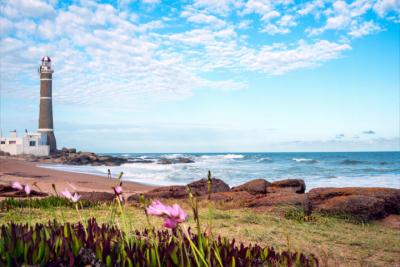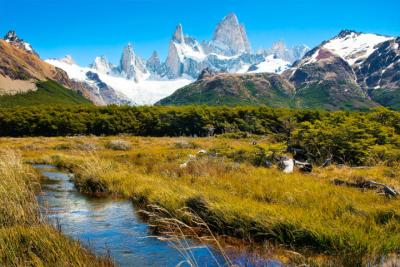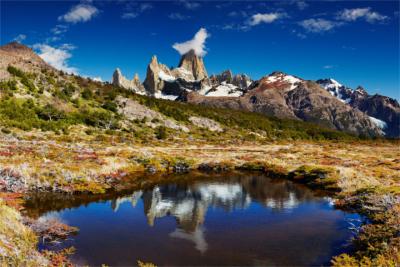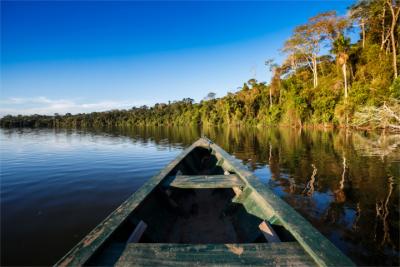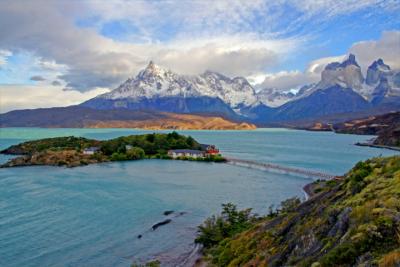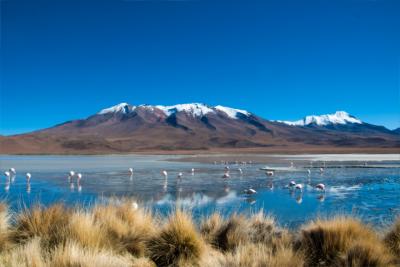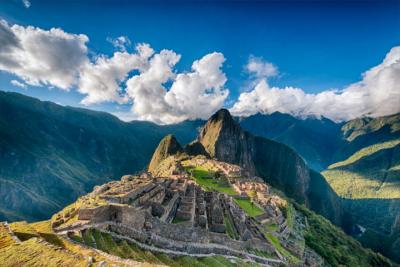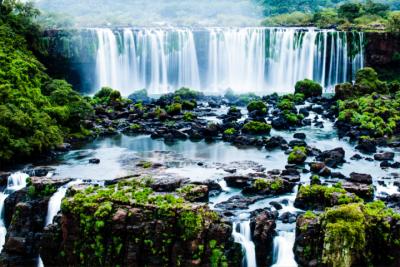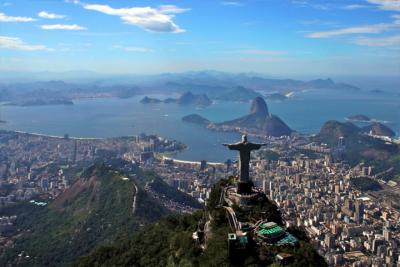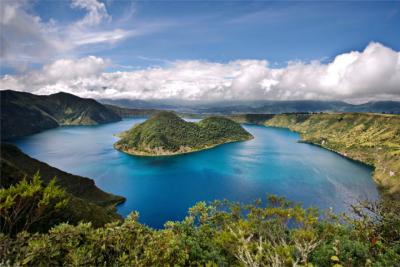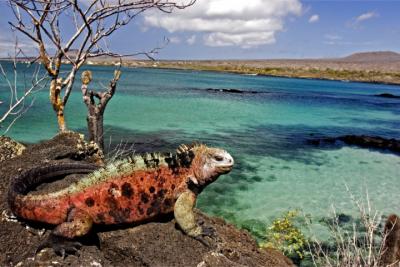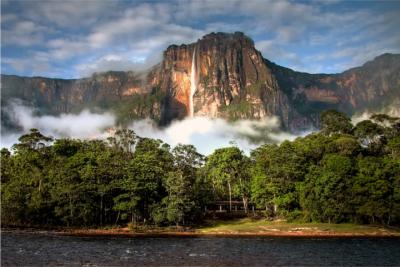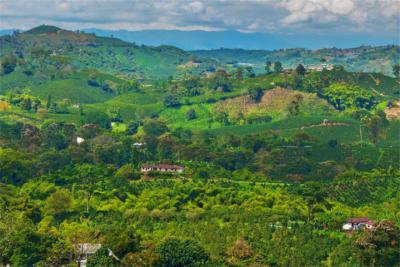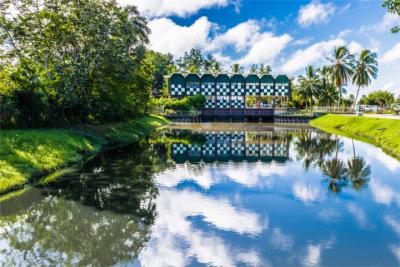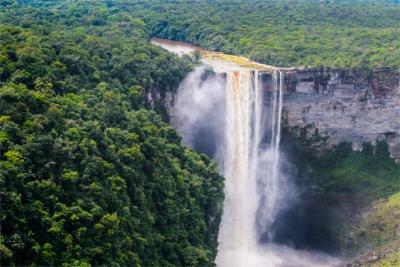Travel Offers
Travelmyne Featureprint
Distance
Galápagos Islands - The Enchanted Islands
Seals, giant tortoises and primeval-looking marine iguanas wander around unhurriedly among the visitors as if time had stopped. This is the only place where the animals still have top priority and can move about freely. Made famous by Charles Darwin's theories, the Galápagos Islands are now a magnet for discoverers, adventurers and animal lovers.
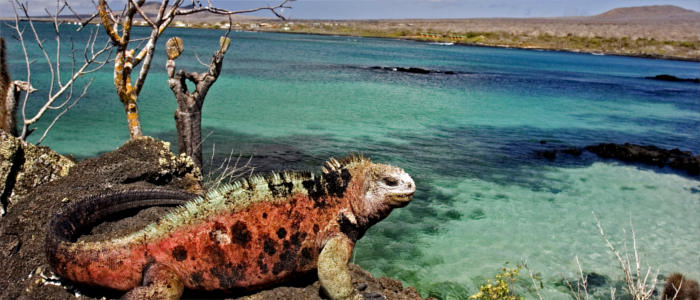
Geography - Out on the Pacific Ocean
Politically speaking, the Galápagos Islands belong to the province of Galápagos in Ecuador but the archipelago is almost 1,000 kilometres away from the mainland in the Pacific Ocean. About 13 islands have an area of over 10 km² and only five of them are populated. In addition, there are about 100 smaller rocky islands. The capital of Puerto Baquerizo Moreno is located on the island of San Cristóbal and has a population of about 5,500 people. Many more people (12,000 inhabitants) live in Puerto Ayora on Santa Cruz. This island is also most popular with tourists. Other populated islands are Isabela, Floreana and Baltra. Due to the proximity to the equator, the tropical climate is consistent throughout the year.
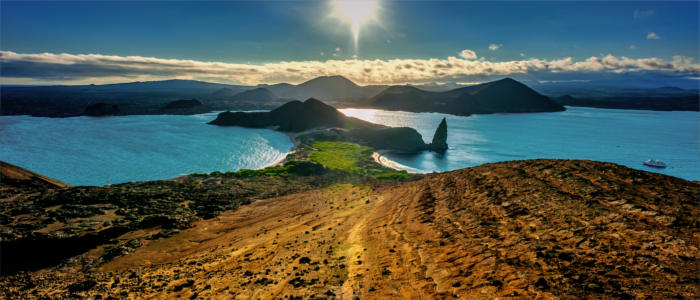
Nature - Noah's endangered ark
The Galápagos Islands are a worldwide unique evolutionary location. Since the archipelago has never been connected to the mainland and was discovered very late, a truly unique and fascinating diversity, which you find in no other place on earth, developed here. Examples are the impressive Galápagos tortoises, penguins, blue-footed boobies, Darwin's finches and the world's only marine iguanas which are able to swim. The islands, which once evolved from the remains of a volcano, became a refuge for rare species. The first settlers brought their own plants and animals to the islands, which threatened to upset the sensitive balance. Nowadays Galápagos outstanding nature and diversity is world-famous and about 97 percent of its land area as well as 99 percent of the surrounding bodies of water are protected. The Galápagos Islands have been a national park since 1959 and part of the UNESCO World Natural Heritage since 1978.
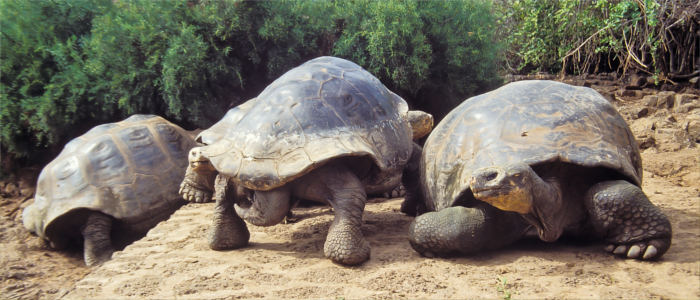
Natural sights - Tortoises, marine iguanas and lava
Due to their extraordinary nature, the Galápagos Islands attract more and more visitors. Environmentalists and the islands' inhabitants are betwixt and between when it comes to tourism. One the one hand, tourism is an important economic sector and provides the island with the necessary money to protect nature. On the other, too many visitors stress the animals and produce a lot of rubbish. It is vital that travellers act responsibly and environmentally aware here. Therefore, the number of daily visitors is strictly regulated. The animals, which are without doubt the islands' main attraction, move about freely in many places. Holidaymakers who gain access to the islands are rewarded amply. On Santa Cruz, travellers can go on a tour to the highest point on the islands - the Cerro Crocker (864 m) - or walk through the coffee forest near Tortuga Bay. Other popular sights are the butterfly farm of Hacienda Mariposa, the two craters of Los Gemelos and the lava tunnels. On San Cristóbal, visitors can watch sea lions and marine iguanas in the bay of La Lobería.
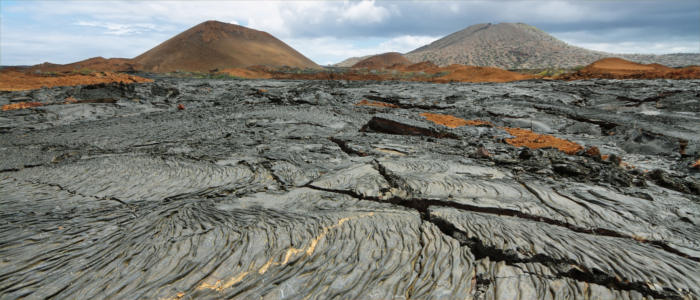
Culture - Islas Encantadas
The 10th of March in 1535 is a fateful date both for the Galápagos Islands and its discoverers because they had not planned the ride to the archipelago. The Spanish bishop Tómas de Berlanga wanted to go from Panama to Peru with his fellow countrymen but he got off course and arrived on the distant island at the equator. Since they were not able to find sources of drinking water at first, they satisfied their thirst with the juice produced by cactuses. When they finally found drinking water, they prepared for their journey home and told people about their adventures on the volcanic islands. Despite this early discovery, it took a long time before the first settlers reached the archipelago. Many people went looking for the islands and since the sailors were not able to determine the islands' exact location, they called the archipelago "Islas Encantadas" ("enchanted islands"). In the 17th century, pirates used the islands to store stolen goods. It was not before the 19th century that permanent settlements were built. The islands gained worldwide popularity through Charles Darwin. The trip to the Galápagos Islands is said to have helped him construct his evolutionary theory.
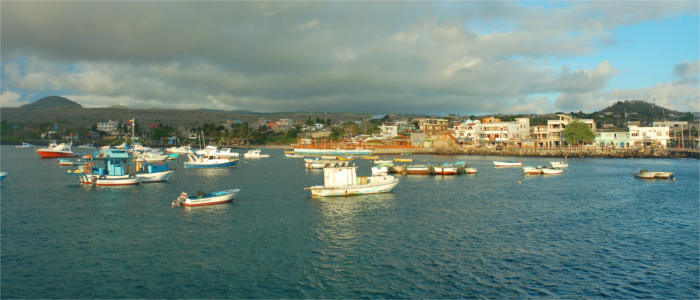
Cultural sights - Darwin's finches
Santa Cruz is one of the most fully-developed islands for tourists. The town of Puerto Ayora has particularly much to offer. It is the starting point for most island excursions as well as the location of the Charles Darwin Research Station, in which giant tortoises are raised now. You find traces of the famous scientist all over the islands. He arrived on the archipelago in 1835 and got an overview of the different species of animals and plants. The distinctive beak form of the finch species, which only exist on the Galápagos Islands, became an important part of his evolutionary theory later on, which turned the idea people had of human evolution upside down. The landing site of the HMS Beagle in the bay of San Cristóbal from 1835 is still a popular tourist destination.

Experience - Animal watching
The Galápagos Islands are an extraordinary treasure of animal and plant species. Therefore, island tourism has focussed on this feature. There is probably no other place on earth where animals can live this freely. Visitors do not have to wait long before they have an opportunity to watch the unique creatures. Young and grown-up discoverers are delighted by the trustful blue-footed boobies with their light blue legs or the primeval-looking iguanas. Travellers who want to learn more about the species can attend lectures or buy a book on the islands' history in a souvenir shop.
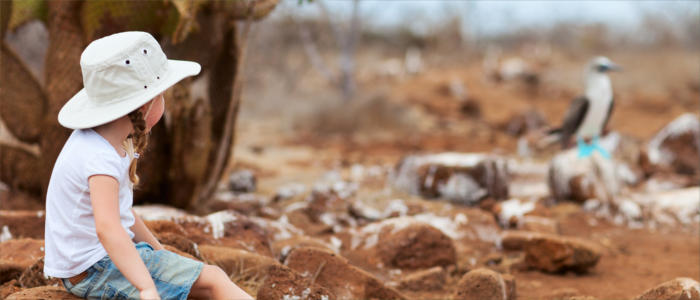
Activities - On expedition
Although the islands have their origin in volcanic rock, they accommodate several golden sandy beaches. The popular Tortuga Bay is located near Puerto Ayora and the beaches of Punta Estrada and Playa del Oro invite visitors to relax and go bathing. The most common leisure activities on the Galápagos Islands are those which do not threaten the islands' environment such as hiking, cycling, horseback riding or exploring the waters by kayak. In addition, the islands are becoming increasingly popular with divers and snorkellers, who can watch penguins, seals and manta rays in their natural habitat here.
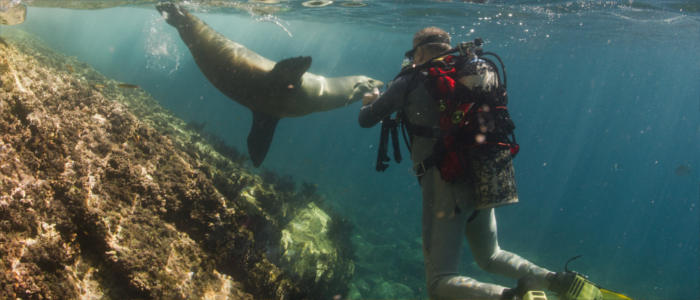
Information
The Galàpagos Islands can be visited at any time of the year. The peak season lasts from December to January, which means that hotel and travel prices are higher at this time. You should start planning your trip to the Galápagos Islands well enough in advance because the number of visitors who are allowed on the islands per day is strictly limited.
The Galápagos Islands are a worldwide unique phenomenon and many lovers of nature and adventurers dream of visiting them one day. Darwin is not the only one who was impressed by their fauna. Young and grown-up visitors are fascinated by the giant tortoises and the marine iguanas to the present day.

